Archivo de la Memoria Trans
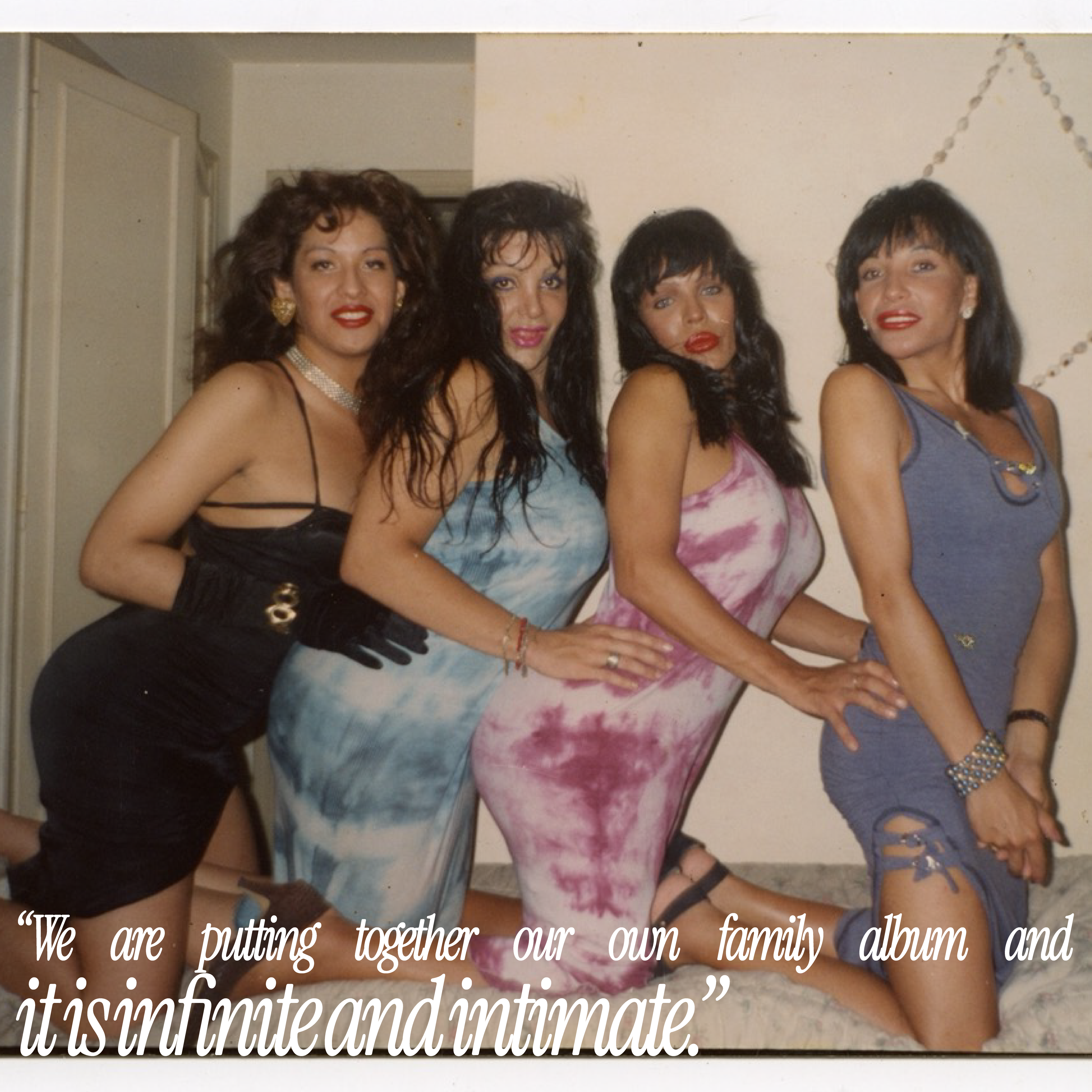
In the AMT we are putting together our own family album and it is infinite and intimate. Our lives always existed, we were present in parallel to the heterosexual world, but we were always invisibilized in a system that prioritizes cis lives.
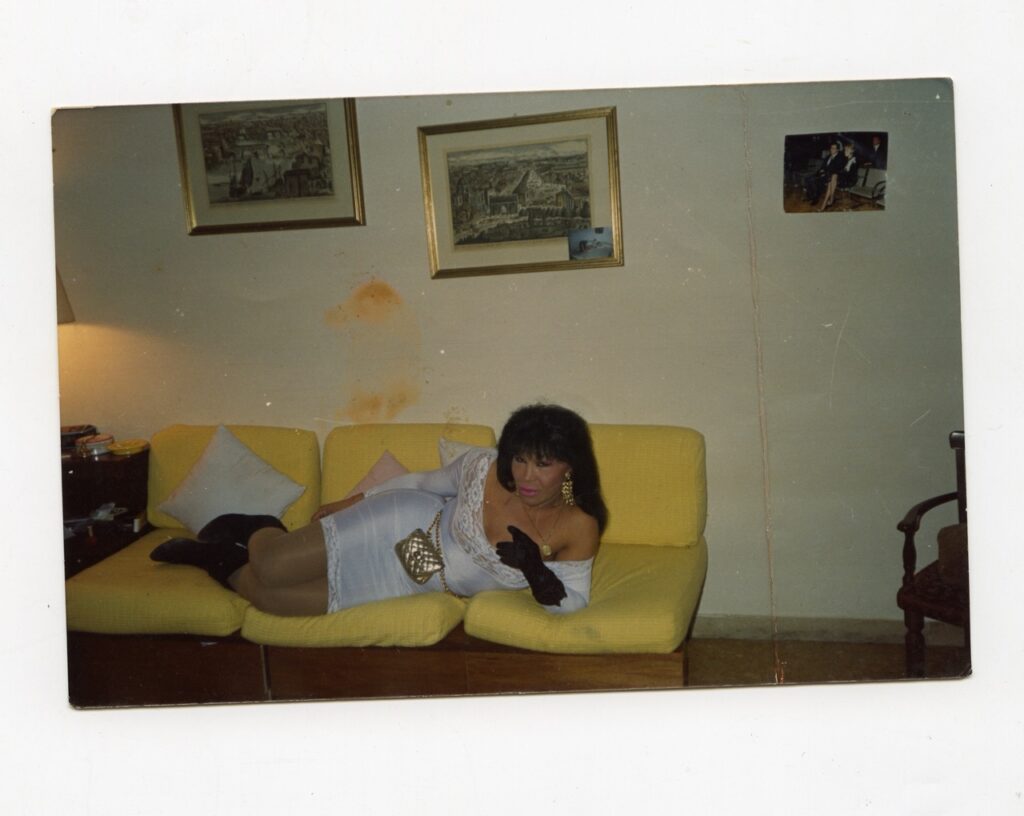
Marte Gastaldello: We first got in touch with your work at Sprint 2021, as you were involved in the exhibition “HARD COPY SOFT TOUCH” at Spazio Maiocchi. I remember you brought a selection of your archived work and I fell in love with it immensely.
I learned that Archivo de la memoria trans wasn’t born as a physical archive. It was born from María Belén Correa and Claudia Pía Baudracco’s urgent need to create a virtual space in which they could gather materials to remember and treasure the lives of their lost Trans* siblings, their memories and their photographs. The catalog only became physical in 2014, thanks to the help of the visual artist Ceclia Estalles. Now, Archivo de la memoria trans has become a crucial point of convergence for Trans* activism in Argentina, and an important space for protection, claiming and building of Trans* memory.
I believe that, as Trans* people, we have developed different attachments to memory. We are deeply invested in the preservation and remembrance of the acts of the people who came before us, as our history is an important part of what makes us a strong community today and of what will help us grow even more in the future. At the same time, however, we have to constantly battle with representations of us created by external sources by a society that keeps defining us outside of our control.
I think one of the most important achievements of Archivo is that thanks to your work Trans* history is being written and stored by Trans* people.
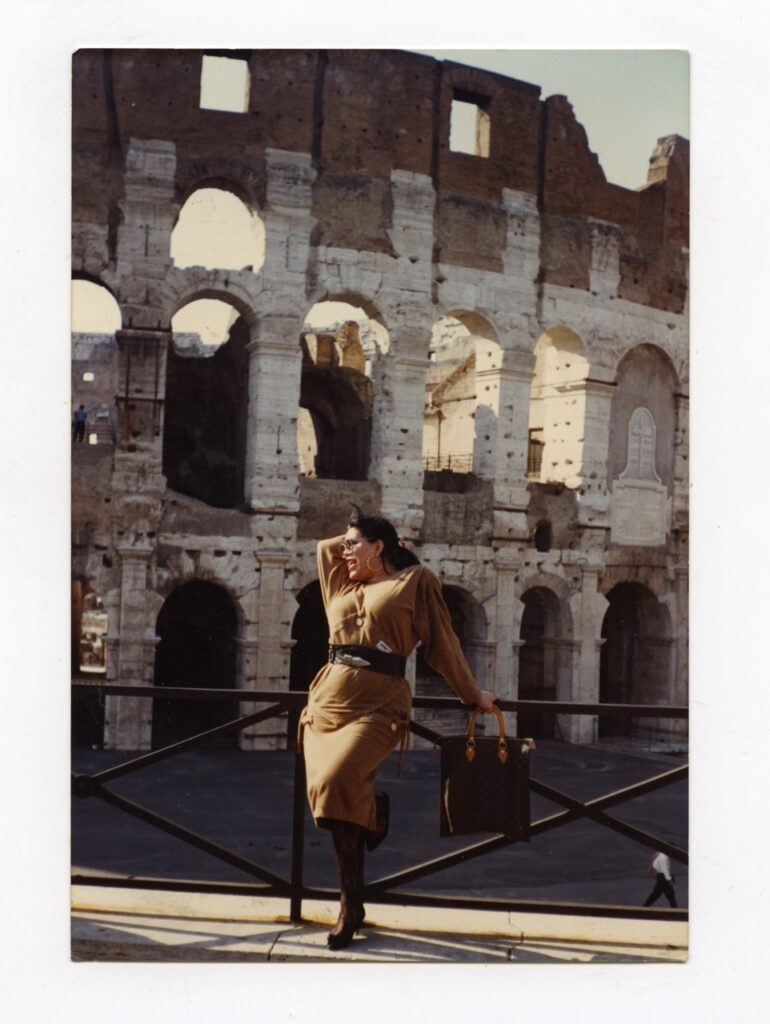
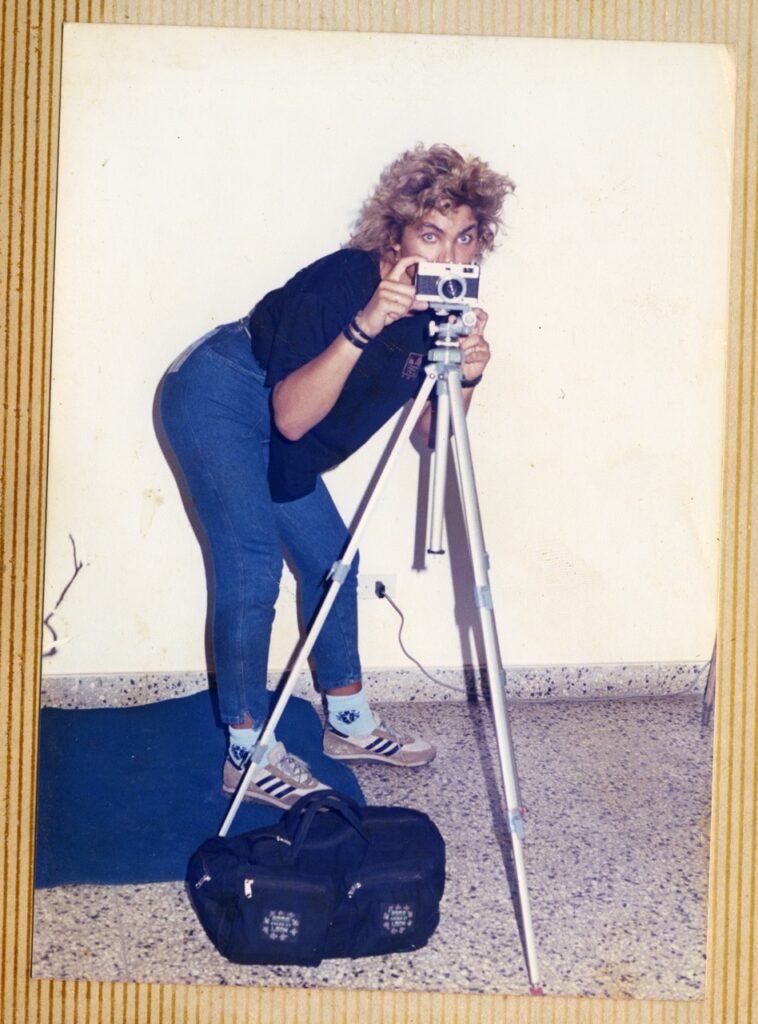

How has the search for information and images of transvestites and trans people in Latin America evolved through the years?
AMT: Not long ago and a little before the Archivo de la Memoria Trans existed, when a person was looking for information about trans people, they would find information and images from the tabloid press, seen from the point of view of the media. Today, thanks to the great work we do, we are the ones who started to tell our own story with our own media, with the objective of making trans lives visible, away from a morbid heterocis point of view. That is why today there is a boom of Trans and LGBTIQ+ Archives in the world and in Latin America multiple sister projects have emerged in honor and momentum to our project. Only Latin America has today more than 16 LGBTIQ+ Archives such as: Archivo Honduras Cuir, Cubane Cuir, Archivo de la Memoria Trans México, Archivo Bajuba, Archivo de la Memoria Transmasculino, Colombia Trans Cuir History, Archivo de la Memoria Disidente Perú, among others.

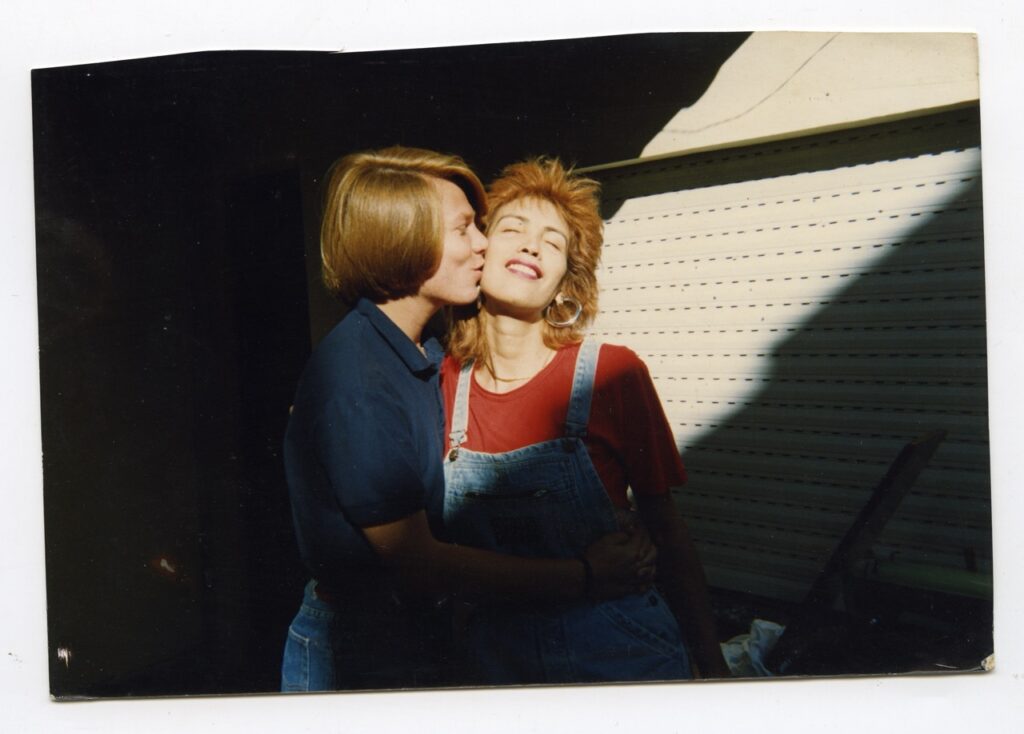
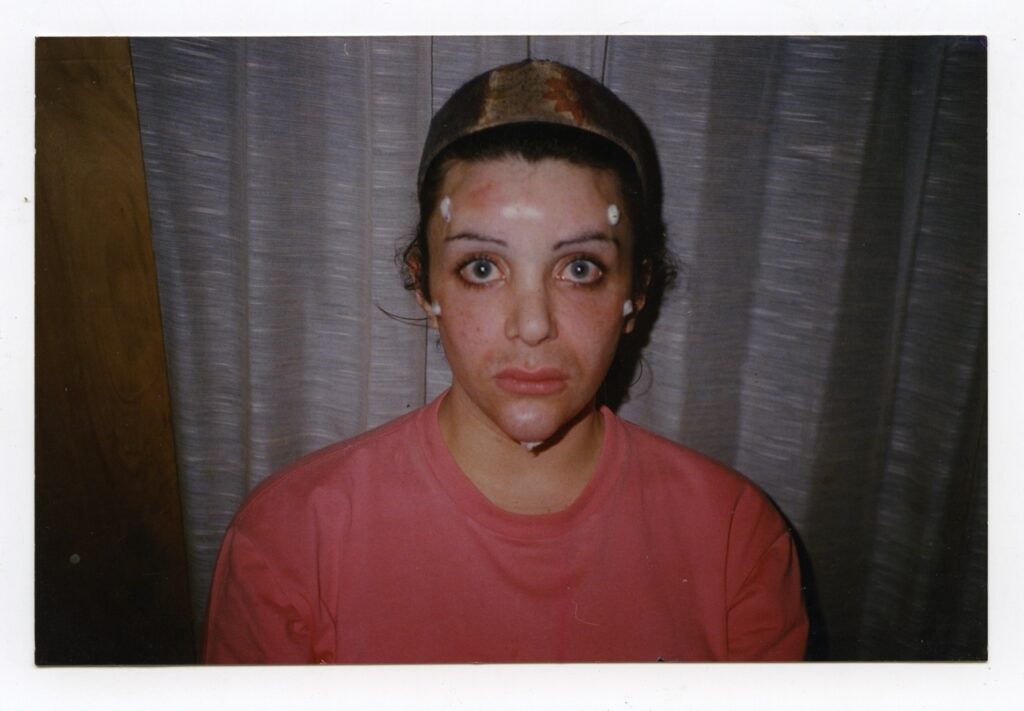
Vanessa Ruiz: Looking at your photo collection, especially the childhood section, I had the impression of opening a family photo album. Why do you want to restore this intimate dimension? What was your intention?
AMT: You will always feel that sensation when you see any AMT album or photos, that’s the idea. This is because we are a family, we represent many of our colleagues who are not here today. In the AMT (Archivo de la Memoria Trans) we are putting together our own family album and it is infinite and intimate. Our lives always existed, we were present in parallel to the heterosexual world, it happens that we were always invisibilized in a system that prioritizes cis lives. And that is why part of our lives exist in the trans childhoods, we are not born after a transition…
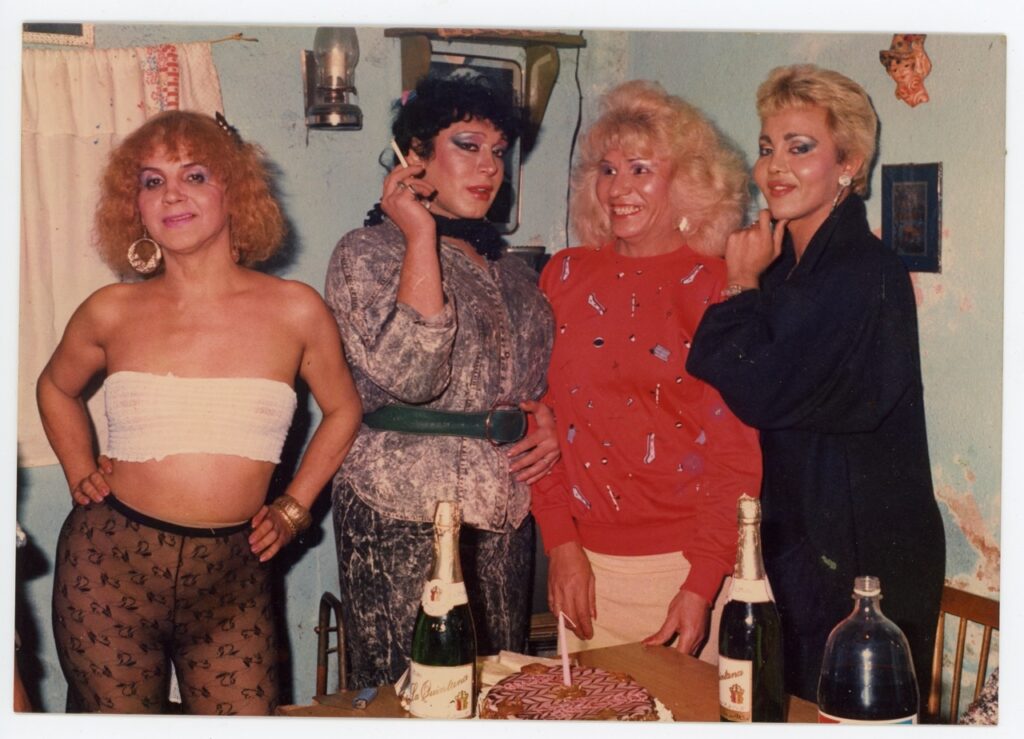
VR: How important is the act of education during the process of historical claim?
AMT: Thanks to the work we do at the AMT, today we hire transgender people who are over 50 years old, girls who can no longer be inserted into the system for various reasons. Among them are health, education and aging. This implies that we do literacy work, education to reach a professionalization framework. Turning many girls into professional archivists today. Giving them job opportunities. In relation to the historical claim, the AMT in its totality of its 30,000 documents, is the proof of all the neglect, torture and abandonment that we suffered. The work we are carrying out is a formal proof to be presented to all the spheres, in order to ask for a historical reparation for the few survivors.
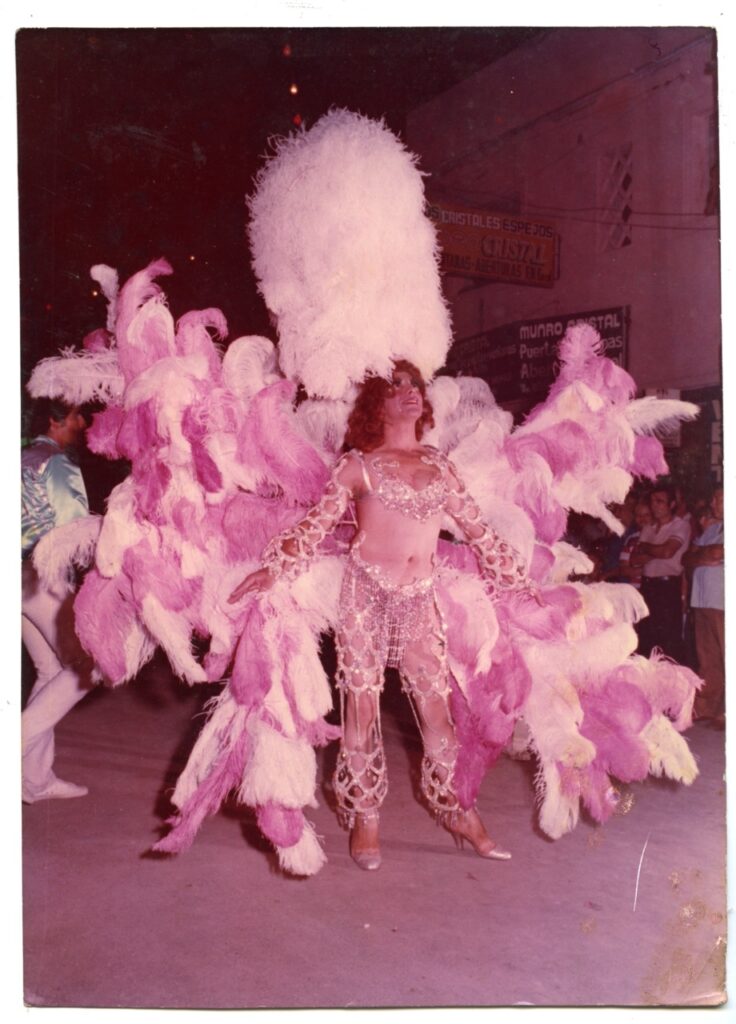
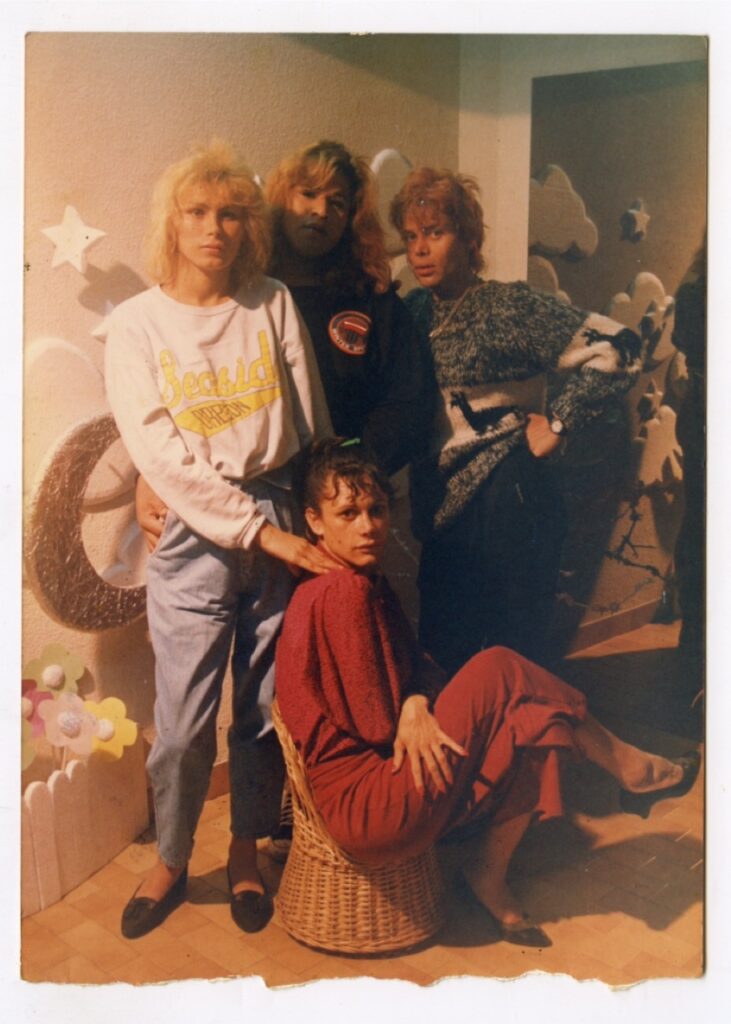
You can see more work of the AMT at archivotrans.ar










